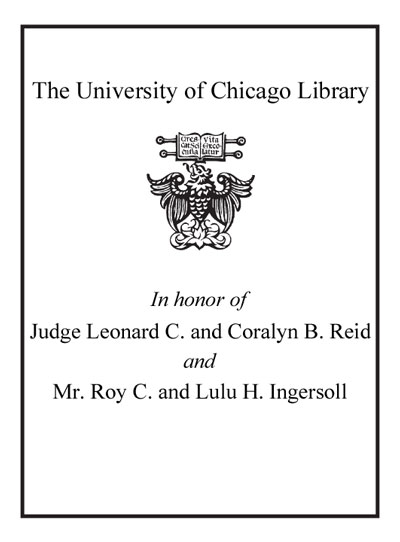Review by Choice Review
This tour de force catalogue of an exhibition at The Frick Collection, New York, and the National Gallery of Art, Washington, DC, validates Picasso as inarguably the foremost draftsman of the 20th century. Two authoritative essays--"Picasso's Drawing Journey: The First Thirty Years" by Galassi (Frick) and "Early Critical Responses to Picasso's Drawings" by McCully (independent scholar)--define the artist as an avant-garde alchemist of modernism as well as an Old Master classicist. The book features 74 works, ranging from quick sketches to presentation pieces, including little-known works from private and public collections in Europe and the US. The research is impeccable and the writing style cogent. Each entry is meticulously documented with fascinating histories, numerous large-format color photographs, and comparative illustrations with notes. Categories include academic exercises, life drawings, preparatory drawings, portraits, serial works, papiers colles, works in the styles of other artists, and contour drawings after commercial photographs. Discussions of the near-abstract female nudes and the richly colored pastels of the 1920s are especially noteworthy. General readers and specialists alike will appreciate the truth of Picasso's spontaneous remark to the poet Max Jacob: "I don't know if I'm a great painter, but I am a great draftsman." Summing Up: Highly recommended. Lower-level undergraduates through researchers/faculty; general readers. M. M. Hamel-Schwulst formerly, Towson University
Copyright American Library Association, used with permission.
Review by Publisher's Weekly Review
In this survey and discussion of Pablo Picasso's drawings over the first three decades of his career, Galassi and McCully pair insightful commentary with a dazzling selection of work from this period of artistic formulation and invention. The son of artist and teacher Jose Ruiz Blasco, Picasso showed early promise in his mastery of classical techniques. Even as a student, he "was able to deconstruct the academic method" to create "a new formal language." In their discussion of earlier portraits and studies, such as Portrait of the Artist's Father, the Self Portrait of late 1901/early 1902, and Mother and Child on Shore , Galassi and McCully show the pervasive influence of 19th Century masters such as Ingres and Daumier on the artist. Particularly engrossing are Picasso's drawings and collages between 1910 and 1914, such as Violin and The Cup of Coffee, in which can be seen the development of a "cubist repertoire of abstract shapes, broken up and manipulated to express multiple or ambiguous meaning." During and after WWI, as Cubism became incorporated into the avant-garde, Picasso turned back to a more neo-classical approach, while retaining a "relationship with classical form [that] is anything but straightforward." As this well written, highly detailed study makes clear, these first three decades of drawings reflect the endless innovation of this 20th century master, who famously quipped: "I don't know if I'm a great painter, but I am a great draftsman." 200 illus. (Nov.) © Copyright PWxyz, LLC. All rights reserved.
Review by Choice Review
Review by Publisher's Weekly Review

